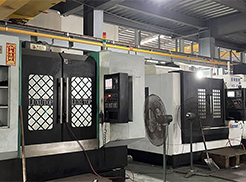In order to facilitate loading the ingot into the extrusion barrel, the diameter of the ingot is usually smaller than the inner diameter of the extrusion barrel. During the extrusion of aluminum profiles, since the extruded ingot is smaller than the inner diameter of the extrusion barrel, under the action of the axial pressure of extrusion, according to the law of minimum resistance, the metal first flows into the gap between the ingot and the extrusion barrel. Until the extrusion cylinder is filled and the die hole is filled, upsetting occurs. This stage is the filling and extrusion stage.
When selecting the diameter of the ingot, the diameter deviation of the ingot and the thermal expansion after heating should be considered, as well as the bonding effect of the heated ingot on the inner surface of the extrusion barrel. In extrusion production, K=1.06-1.10 is generally taken. Generally, the upper limit is used for small extrusion cylinders, and the lower limit is generally used for large extrusion cylinders. If the K value is too small, the gap between the heated ingot and the inner cavity of the extrusion cylinder will be small, and it will be difficult to feed the ingot into the extrusion cylinder. If the K value is too large, the centering of the ingot will be poor, which will affect the surface quality of the ingot during the filling process and may increase the low-magnification structure and surface defects of the product.


